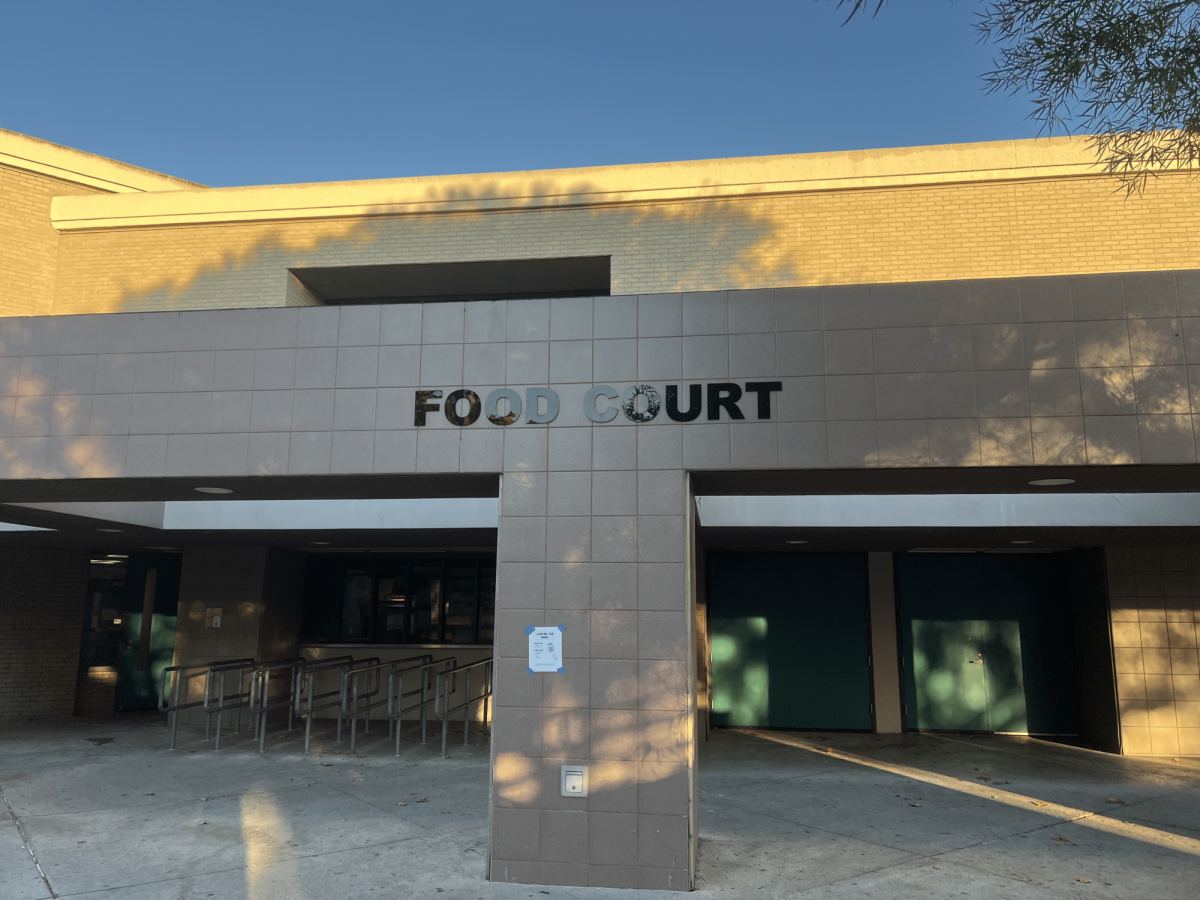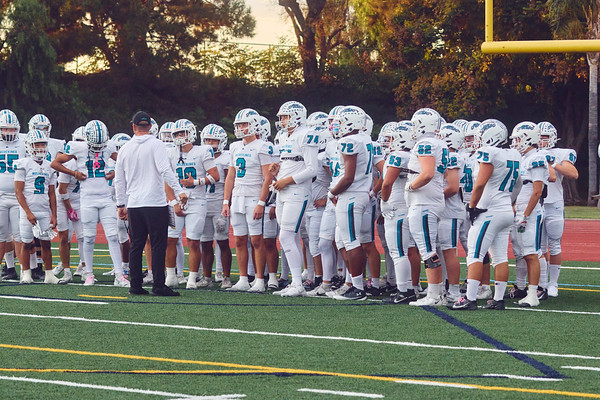Whether planning to attend a Community College or University, all seniors will need to fill out the Free Application for Federal Student Aid (FAFSA) to apply for federal financial aid. The FAFSA is the form that determines your eligibility for federal grants, loans, and some state and institutional aid. However, this year the FAFSA is undergoing major changes that will affect how you will answer questions and how much aid you can receive.
This year, the FAFSA will be available toward the end December 2023, instead of October 2023 as previous years before. The deadline to submit the FAFSA will be June 30, 2025, but some states and colleges may have earlier deadlines, so its important to check with them before applying.
Instead of the usual 108 questions, only 36 will be provided, using more information directly from your parents’ IRS tax returns. This ensures less room for errors, more accurate results for financial aid and less time taken than previous years. Students will also be able to use the IRS Data Retrieval Tool (DRT) to transfer your parents tax information automatically into the FAFSA.
The FAFSA will introduce a new way of calculating how much financial aid students will be granted called the Student Aid Index (SAI), effectively replacing the Expected Family Contribution (EFC). The SAI is an estimate of how much students and their family can afford to pay for college, based on their income and any following assets, like businesses and property. The lower the SAI, the more aid that can be granted for. The SAI will also have a negative value for lower-income families, and can increase eligibility for the Pell Grant and other financial aid.
The FAFSA will no longer consider the number of children in college as a contribution in granting financial aid. This means that families with multiple children in college at the same time will not receive more aid than families with one child in college. This can benefit families with only one child in college, as one child families will not receive less base on this.
The FAFSA will increase the income protection allowance (IPA) for students and parents, which is the amount of income that is not counted in the SAI calculation. This means that more of your income will be protected from affecting your aid eligibility. The IPA will also be adjusted annually for inflation, instead of every few years as before.
The FAFSA will simplify the dependency status questions, which determine whether you are considered a dependent or independent student. Independent students do not have to provide their parents’ information on the FAFSA, and may qualify for more aid. The new FAFSA will have fewer and clearer questions to determine your dependency status, and will also allow some students who are homeless, in foster care, or emancipated minors to validify their status without additional documentation.
“On Thursday, Jan. 25, students can drop in for a financial aid workshop from 4 to 6 p.m. You’ll receive help for submitting financial aid applications and meet with financial aid experts for any questions you may have, of course families are welcome to join,” said by Mrs. Ngyuen, Aliso Niguel’s college and career counselor.











